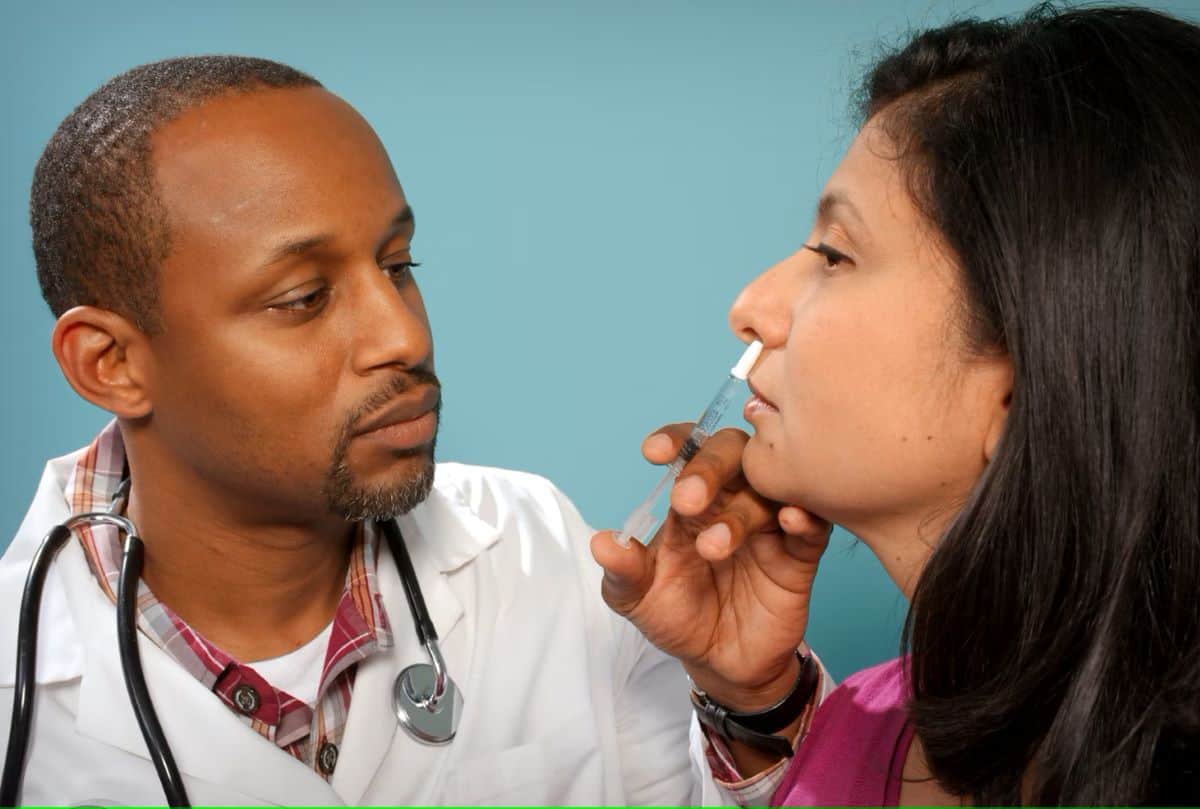The relationship between a doctor/healthcare provider and their patient is a unique one. At the time of entering their highly regarded profession, every physician must take the famous Hippocratic oath.
Also known as the medical oath, it is historically taken to uphold specific ethical standards. As the name itself suggests, this oath has prevailed since the time of Hippocrates, the Father of Medicine. As a new physician takes this oath, they are pledging to prescribe only beneficial treatments as far as their reasoning and discretion go.

This means no physician can cause intentional harm or hurt to their unsuspecting patients. They must live an exemplary personal and professional life to maintain their esteemed position in society. The only issue is that this is not always the case, which leads to medical malpractice claims.
What’s alarming is that such cases are on the rise and even the payouts are ballooning. In this article, we will explore the medical malpractice litigation in this regard.
What Do Medical Malpractice Claims Involve?
In simple terms, medical malpractice is said to have occurred when a physician does not maintain the standard of patient care they must. As a result of their negligence, patients may end up dying or suffering severe injuries.
If such an incident happens, the victim or their family has the right to sue the respective medical practitioner under a malpractice claim. Usually, the plaintiff must prove three key elements, including -
- Causation - It should be made evident that the physician’s negligence was the prime factor responsible for the victim’s death or injuries.
- Standard of care - Another thing to prove is the physician’s standard of care to the patient missed the mark of standard care required of medical professionals.
- Harm - The patient should have incurred some type of harm, be it physical, emotional, financial, etc.
According to TorHoerman Law, there may be several reasons for filing a medical malpractice claim, including a misdiagnosis, substandard treatment, administration of incorrect injections, etc. Sometimes, a claim may span across categories. An example of this would be the infant formula lawsuit filed against Abbott Laboratories and Mead Johnson.
It has been alleged that babies, especially premature and underweight, developed a serious gastrointestinal issue called necrotizing enterocolitis (NEC). They were fed baby formulas manufactured by the defendants, known as Enfamil and Similac.
This lawsuit is undoubtedly a case of product liability. Parents of injured infants have sued the aforementioned brands for their baby’s injuries.
In some cases, the liability may fall on the negligent physician. For instance - the baby’s care team may have failed to identify NEC on time due to which the infant died. Another case would be doctors being aware of commercial formula NEC risks but failing to inform parents. Such parents can file the same lawsuit under a medical malpractice claim.
Furthermore, a doctor is responsible for administering appropriate treatments at the earliest. Babies suffering from NEC cannot afford a wait-and-see approach. If any delays in treatment or failure to follow standard care protocols contributed to the baby’s death, a medical malpractice claim could be filed.
Given how sensitive such a claim is, the plaintiff may win an NEC lawsuit payout of $300,000 or above. Other types of medical malpractice claims include premature discharge, hospital negligence, and failure to follow up.
The Dilemma of Social Inflation
Between 2013 and 2023, the amounts offered in medical malpractice claims have skyrocketed. In comparison, the frequency of litigation has not increased. Despite flat claim frequency on the whole, the individual payouts have steadily seen an uptick.
In the world of insurance, this is known as social inflation. This means the cost of paying medical malpractice claims has increased over and above the general inflation. Various factors may contribute to such a scenario, including third-party investors, numbness to big numbers, and so on.
For instance - number numbness is a common issue in our society where lotteries and jackpots have become the norm. Naturally, figures over a million are difficult to grasp. Emotions may be led astray by moods and narratives in environments of heightened sensibilities or the courtroom.
Medical errors do occur and lead to adverse events, which is unfortunate. However, the payouts may be swayed or influenced largely by emotions in some cases. Others as mentioned in our example in the previous section do call for a larger sum. This is mainly because it concerns injuries suffered by the most innocent among us.
The Rise of Defensive Medicine
Currently, we are facing a situation where healthcare providers are crippled with fears of litigation. Something may indeed escape the cracks or some procedure may not go as planned despite the tightest measures.
If this would mean losing a hefty sum each time, relevant tactics in the form of defensive medicine become imperative. This would involve introducing a number of additional steps to the treatment.
The only issue is that such a step is focused entirely on litigation fears, not on improving the treatment outcomes. It’s commonplace now to find doctors writing down a series of unnecessary medical tests to protect their interests. The ripple effect would be a significant rise in healthcare costs as well as premiums for healthcare professionals.
Overcoming US Healthcare Challenges
Though quality healthcare is a must to ensure that cases of medical malpractice are reduced, defensive medicine and social inflation can hardly be the right solutions. The insurance industry is experiencing a direct blow as a result.
Our elected representatives need to support tort reform measures and damage caps. A considerable portion of the healthcare workforce functions in high-risk specialties like neurosurgery and obstetrics. Physicians in these areas are more or less likely to face at least one malpractice claim throughout their careers.
Is there a ‘safe-harbor’ solution that can steer the US out of such healthcare challenges? Yes, physicians can be safe if they -
- Record all adherence to evidence-based clinical practices
- Employ clinical decision-support systems that assist in patient diagnosis and treatment
- Utilize qualified technology systems for health information
In summation, medical malpractice claims are a surefire way for injured patients to seek justice. However, physicians may find them to be an incentive to mimic their colleagues’ practices despite no clinical evidence. This could lead to both over and under-treatment problems.
It seems like the safe harbor solution can help physicians with their crippling litigation fears. Plus, it may lead to better outcomes of patient care and safety.





Leave a Reply